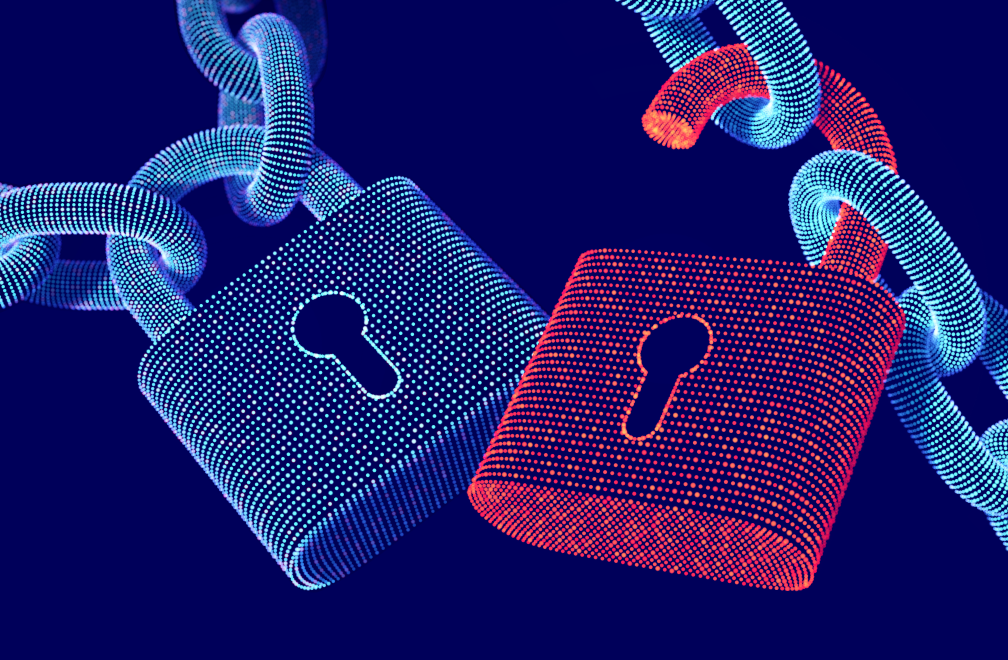| Editorial Team

The Microsoft Power Platform Center of Excellence (CoE) is the nucleus for governing, managing, and driving Power Platform adoption within an organization. While utilizing the potential of the Power Platform for innovation and efficiency, it’s crucial to maintain efficient data security and stick to compliance standards. This article discusses strategies and best practices to ensure data security and compliance within a Power Platform CoE.
1. Understanding Data Governance
Data governance forms the foundation of ensuring data security and compliance. Establish clear policies, procedures, and guidelines regarding data access, usage, sharing, and storage. Define roles and responsibilities within the CoE to oversee and enforce these governance measures.
2. Compliance with Regulatory Standards
Understand the regulatory requirements specific to your industry and geographical location. Ensure that your Power Platform CoE aligns with standards such as GDPR, HIPAA, or any other applicable regulations. Implement measures to safeguard data in line with these regulations.
3. Role-Based Access Control (RBAC)
Implement RBAC to control user access to the Power Platform based on roles and responsibilities. Assign permissions accordingly to ensure that users have access only to the data and functionalities essential for their roles, minimizing the risk of unauthorized access.
4. Data Encryption and Masking
Employ encryption mechanisms to protect data at rest and in transit within the Power Platform. Additionally, apply data masking techniques to conceal sensitive information, allowing limited visibility based on user roles and permissions.
5. Regular Security Audits
Conduct regular security audits and assessments to identify vulnerabilities and gaps in your Power Platform implementation. Perform penetration testing and vulnerability scanning to address potential security threats proactively.
6. Data Loss Prevention (DLP) Policies
Define and enforce DLP policies to prevent the accidental sharing or loss of sensitive data. Implement controls to monitor and restrict the sharing of sensitive data outside the organization or defined boundaries.
7. Monitoring and Logging
Establish a comprehensive monitoring system to track user activities, security events, and data access within the Power Platform. Maintain detailed logs and regularly review them to detect suspicious or unauthorized activities.
8. User Training and Awareness
Educate users within the CoE about data security best practices and the importance of compliance. Foster a culture of awareness and vigilance to mitigate security risks associated with data handling.
9. Incident Response Plan
Develop a robust incident response plan outlining steps to be taken in case of a security breach or non-compliance. Define escalation procedures, communication strategies, and recovery plans to minimize the impact of any security incident.
10. Vendor Compliance
If utilizing third-party connectors or services within the Power Platform, ensure that these vendors comply with necessary security and privacy standards. Verify their adherence to industry-specific compliance requirements.
Speeding Up Your Digital Transformation Journey
Data security and compliance within a Power Platform CoE
requires proactive planning, execution, and continuous
monitoring. By integrating efficient governance,
compliance adherence, and user education, organizations
can utilize the potential of Power Platform while
protecting sensitive data and meeting regulatory
obligations.
A secure Power Platform CoE facilitates innovation and
builds trust and confidence in stakeholders, ultimately
contributing to organizational success. Book a
consultation with our team today and discover more about
our CoE package for Power Platform.

